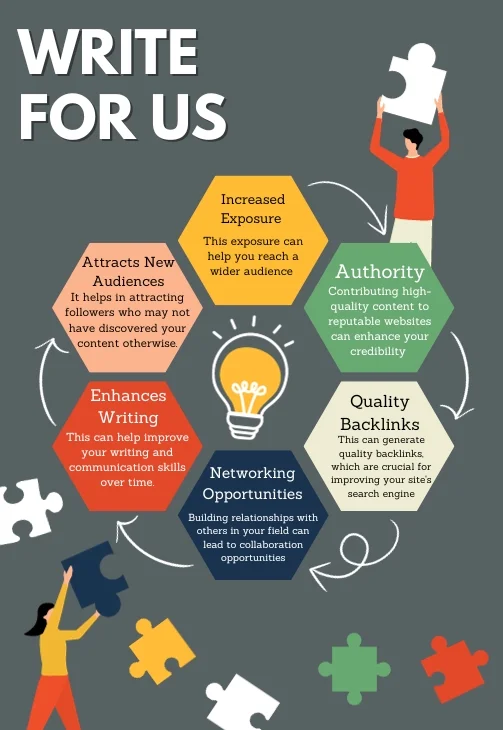In the ever-evolving landscape of technology, the success of your web application development hinges significantly on choosing the right framework. With numerous options available, selecting the most suitable framework can be a daunting task. This article aims to simplify the process and highlight key factors to consider when embarking on your web application development journey.
Understanding Web Application Development
Web application development involves creating dynamic, interactive, and user-friendly websites that cater to specific functionalities. A crucial decision in this process is the selection of a development framework, which serves as the foundation for building your application.
Web application development refers to creating applications that run on remote servers and are delivered to users over the Internet. This section will delve into the various aspects of understanding web application development, including programming languages, frameworks, databases, and deployment methods.
Why Choosing the Right Framework Matters
The choice of a framework significantly influences the efficiency, scalability, and maintainability of your web application. A well-suited framework can streamline development, enhance performance, and contribute to long-term success.
Selecting the appropriate framework, developers can enhance efficiency, reduce development time, and ensure scalability and maintainability of the application. Different frameworks offer unique features and functionalities that cater to specific project requirements.
Key Factors to Consider
Project Requirements
- Assess the specific requirements of your web application.
- Identify the features, functionalities, and technical specifications needed.
- Different frameworks cater to various project sizes and complexities.
Scalability
- Consider the scalability requirements of your application.
- Ensure that the chosen framework can handle growth and increased user traffic.
- Scalability is crucial for adapting to future changes and expansion.
Community Support
- A vibrant community ensures ongoing support, updates, and a wealth of resources.
- Look for forums, documentation, and community-driven development.
Learning Curve
- Opt for a framework that aligns with your team’s skill set.
- A smoother learning curve can expedite the development process.
Performance
- Evaluate the performance benchmarks of different frameworks.
- Consider factors such as speed, response time, and resource utilization.
- A high-performance framework ensures a seamless user experience.
Security Features
- Prioritize the security features provided by the framework.
- Look for built-in security measures and adherence to best practices.
- Security is paramount in protecting user data and maintaining trust.
Tips for Evaluating Compatibility and Scalability of Web Application Frameworks
To evaluate compatibility, assess how well the framework aligns with your project requirements and whether it supports the features and integrations you need. Scalability is critical for future growth; ensure the framework can handle increasing user loads and data volumes without compromising performance. Consider the framework’s long-term viability by looking at its roadmap, update frequency, and community engagement.
A vibrant community indicates ongoing support and development. Scalability testing should be part of your evaluation process to ensure the framework can handle increasing demands as your application grows. Conduct load testing to simulate real-world usage scenarios and identify potential bottlenecks.
Also Read: Inside a Web Development Company: Secrets of Success Revealed
Conclusion
Choosing the right framework for web application development is a critical decision that significantly impacts the success of your project. By carefully considering factors such as project requirements, scalability, community support, learning curve, performance, and security features, you can make an informed choice that aligns with your goals.
Remember, the ideal framework is not a one-size-fits-all solution; it should be tailored to meet the specific needs and aspirations of your web application. In the dynamic world of web development, staying attuned to industry trends and regularly updating your framework can also contribute to long-term success.
As you embark on your web application development journey, keep the user experience at the forefront and leverage the chosen framework to create a robust, scalable, and secure application that stands the test of time







